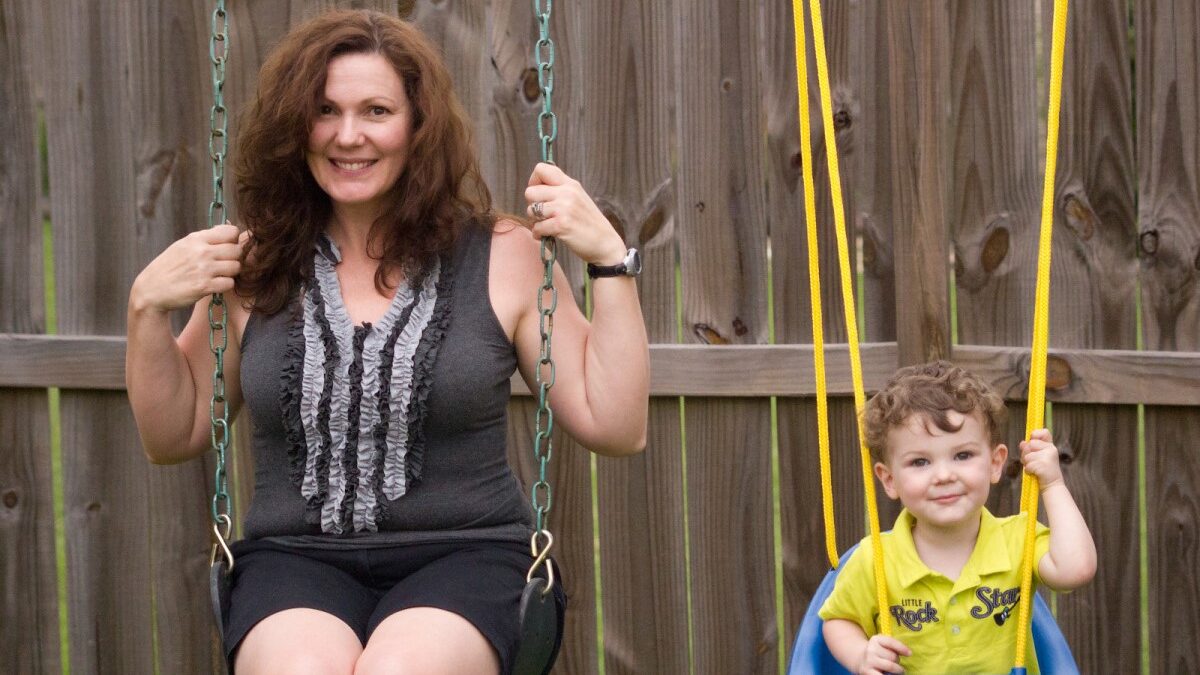
Washington is under a medical state of emergency after a measles outbreak has sickened at least 49 people so far, with another nine suspected cases as of Tuesday. New reports have linked the spread to Oregon, Georgia, New York, and Texas, as well, and parents of unvaccinated children in these areas are being urged to keep them at home.
Measles is highly contagious, and the virus can survive outside the human body for hours. This means that if an infected person coughs in a room, a susceptible person has a 90 percent chance of contracting measles from being in the same room even after the infected person has left.
Right now, the blame for this epidemic is largely resting on parents who have opted out of vaccinating their children. These opt-out parents are not choosing to do so solely because of parental fears about autism or side effects. Instead, the issue is more complicated and nuanced, and issues of accessibility, cost, and time are heavily contributing to the under-vaccination of American children.
Also, the schedule includes vaccines that are best for children with parents who have had risky sex or use illicit drugs, or who will be in center-based childcare, which means the recommendations focus on early immunity for diseases that easily spread in these environments, but children who are home with their mothers as babies and toddlers and whose parents don’t have STDs might have different exposures to risk.
The Unexpected Economics of Vaccines
Nicole Fisher lays out the cost-benefit nature of our vaccination schedule, and how much this balancing act affects vaccination rates in America. As she notes: “there is also a growing need to recognize that as the world globalizes, travel increases, and bacteria evolve, herd immunity is vital for children’s safety. Sadly, this has become more difficult as the number of recommended vaccines has increased from 10 doses in 1983 to almost 30 doses in 2015—each with an individual monetary and time cost for parents.”
It’s not that parents want to put their children in danger, or that they’re trying to make choices against medical best practices, but rather that it’s difficult and expensive to fully vaccinate children. The requirements on what it means to be “fully vaccinated” also seem to be constantly increasing, with children today receiving far more shots than children born in the ‘80s received. The positive side of this is that children are now protected from more diseases, with fewer antigens, or substances that trigger an immune response, than they were in the ‘80s.
It can be hard to find doctors who offer shots, as well, further complicating the matter for families. “Further, study findings note that 10 percent of family physicians already do not give vaccines to children, and another 10 percent are seriously considering discontinuing childhood vaccination because of costs,” Fisher notes. If parents aren’t able to get shots from the physician they have an established relationship with, causing them to need to go elsewhere for shots, the hassle can make vaccinations fall through the cracks.
A recent study in the journal Pharmacy & Therapeutics notes the role of cost and time for parents who want to get shots for their kids: “Some parents are single, overwhelmed, and overworked, and not able to keep up with their children’s vaccinations and well-child visits…Families may also have inadequate access to health care because of lack of transportation or inconvenient clinic hours. Additional problems that hinder access to vaccinations include child care for children not being vaccinated, lack of knowledge, and difficulty in reserving an appointment.”
How Vaccine Recommendations Happen
The Centers for Disease Control and Prevention (CDC)’s Advisory Committee on Immunization Practices (ACIP) meets three times a year, with 15 experts each time, to study national vaccine information, review new safety information, and present policy suggestions. These recommendations currently include two doses of the measles, mumps, rubella (MMR) vaccine in order to fully protect children against measles and prevent outbreaks like the one currently sweeping Washington.
The MMR vaccine is currently recommended for children aged 12 to 15 months of age, with the second dose recommended at 4 through age 6. As discussed in Fisher’s article, there is a combo shot available, though, the MMRV. This shot protects against measles, mumps, and rubella just like the MMR, and adds in varicella or chicken pox protection, saving parents another trip to the doctor and kids another shot.
One dose of the MMR is 93 percent effective, and the second dose is 97 percent effective at preventing measles infection. On top of the high efficacy of this shot, it has been around for a long time, and is well studied. The most common side effects of the MMR, according to the CDC, are “Sore arm from the shot, fever, mild rash, temporary pain and stiffness in the joints, mostly in teenage or adult women who did not already have immunity to the rubella component of the vaccine.”
This information is particularly important since fear over the safety of the MMR, in particular, is such a concern for many parents. Specifically, parents may fear that the MMR could cause autism or other developmental delays, “however, numerous large-scale studies have failed to reveal any connection.” Other safety concerns, like those over the former vaccine ingredient thimerosal, led to its removal by 1999. Other common concerns that studies have put to rest include that vaccines can cause autoimmune conditions (they don’t), vaccines cause allergies or asthma (they don’t), or that vaccines cause Sudden Infant Death Syndrome, or SIDS (again, they don’t).
Higher measles vaccination rates will help protect those who are too young to be vaccinated, those with medical reasons they can’t be vaccinated like those who have had an organ transplant, and those with illnesses that compromise their immune system like cancer with chemotherapy. Morally, there is much benefit in protecting those who cannot protect themselves, and as a society, we are interconnected. Protecting our children from diseases has the side benefit of keeping safe those who cannot be vaccinated.
Vaccination is one of the biggest advances in modern medicine and public health. Making it easier for parents to get their kids fully vaccinated will help keep the vulnerable safer. Doctors and public health agencies can help by offering more convenient combination shots and tailoring the child’s vaccinations to the family’s actual health and child-care situation rather than a hypothetical mass population average.
Focusing on why parents don’t vaccinate is an important part of closing the vaccination gap. Rather than only attempting to debunk fears about each shot, or shout down internet fearmongering, effort should also be spent on addressing the financial barriers to vaccinating kids, loading up the shot schedule, and the time constraints that can lead families to only getting some of their shots.









